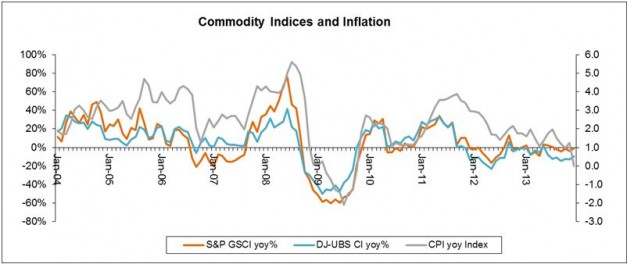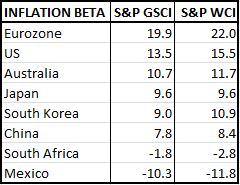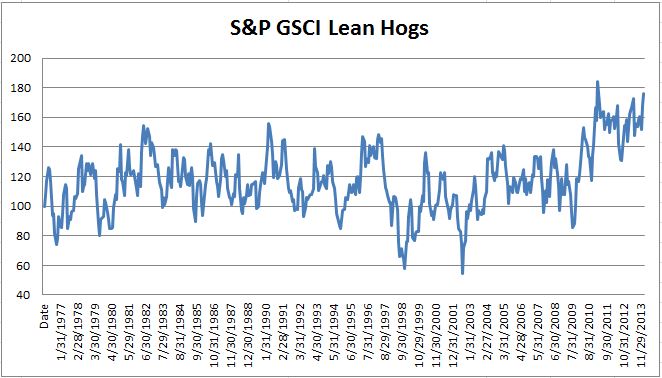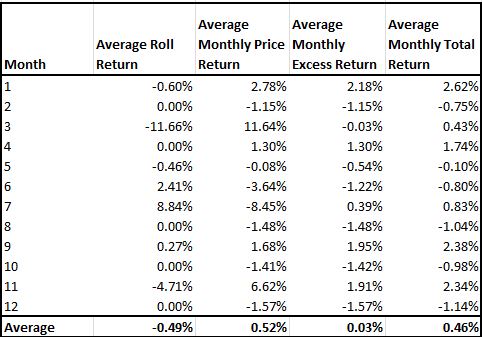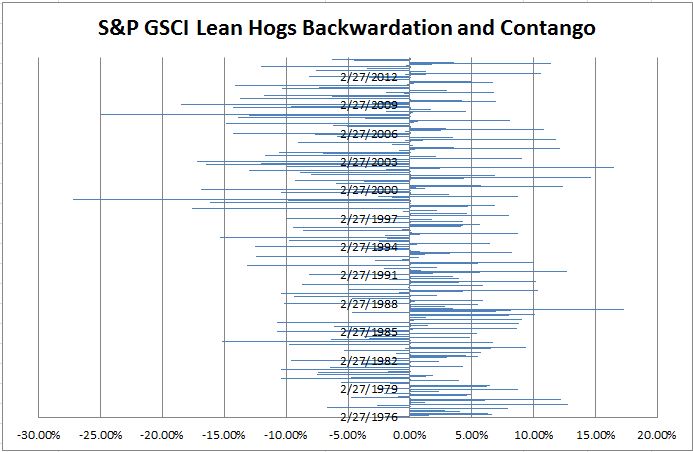This morning’s Financial Times revisits the argument that smaller funds generally have a performance advantage over larger funds. One contention advanced in favor of this view is that as funds grow, they “have” to hold more large-cap stocks, and that this large-cap weighting hurts overall performance: “Outperformance in large-cap companies is harder to achieve because they are more efficiently priced.”
Not exactly. Increasing a fund’s weighting in large caps actually produces two distinct effects which should not be conflated. The more important of the two is an allocation effect: if large caps, as an asset class, do less well than mid- or small caps, then increasing a portfolio’s exposure to the large-cap segment of the market is likely to diminish its performance over time. In this absolute performance sense, the argument against large caps is well-established; the Fama-French study of 1992 is probably its most famous, but by no means its only, exposition.
But adding large-cap stocks also produces what we might call a relative performance or selection effect; if it’s easier to generate excess returns (“alpha”) in small-cap stocks than in large, then performance might suffer for that reason as well. That’s the argument of the FT‘s source, and on first blush it’s plausible. It’s certainly true, e.g., that research coverage is tilted toward larger companies. And the dispersion of mid- and small-cap stocks is greater than that of large caps, which tells us that the opportunities for alpha-generating stock selection diminish as we go up the capitalization scale.
But higher dispersion, and the scarcity of research coverage, imply only that the likelihood of misvaluation is higher among smaller companies. There’s no reason to assume that the likelihood of undervaluation is higher for small caps than large caps, and without that presumption the case for active management of small-cap stocks withers. Logically, of course, the average component of any index can’t be either over- or under-valued relative to the index’s valuation level — there is, in other words, no net supply of alpha. And the empirical data demonstrate that generating excess returns relative to an appropriate index is just as difficult for small- cap managers as it is for large.
Size matters because small- and mid-cap stocks, over time, tend to outperform large caps. But when it comes to stock selection, the average small- or mid-cap investor, like his large-cap counterpart, would benefit from a passive approach.
The posts on this blog are opinions, not advice. Please read our Disclaimers.




